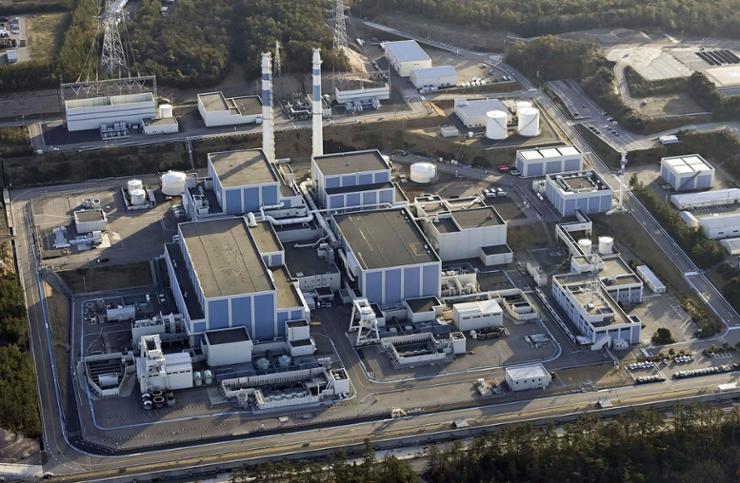WNAM Monitoring: A group of residents of towns near Japanese nuclear plants submitted a petition, Friday, asking regulators to halt safety screening for the restart of idled reactors until damage to a plant that partially lost external power and spilled radioactive water during a recent powerful earthquake is fully examined.
The magnitude 7.6 quake on New Year’s Day and dozens of strong aftershocks in north-central Ishikawa Prefecture left 240 people dead and 15 unaccounted for, and triggered a small tsunami.
Two idled reactors at the Shika nuclear power plant on the Noto Peninsula in Ishikawa suffered power outages because of damage to transformers. Radioactive water spilled from spent fuel cooling pools and cracks appeared in the ground, but no radiation leaked outside, operator Hokuriku Electric Power Co. said.
The damage rekindled safety concerns and residents are asking whether they could have evacuated safely if it had been more severe. The earthquake badly damaged roads and houses in the region.
All Japanese nuclear power plants were temporarily shut down after the 2011 Fukushima nuclear disaster for safety checks under stricter standards. The government is pushing for them to be restarted but the process has been slow, in part because of lingering anti-nuclear sentiment among the public. Twelve of the 33 workable reactors have since restarted.
Residents of Ishikawa and other towns with nuclear plants gathered in Tokyo, Friday, and handed their petition to officials at the Nuclear Regulation Authority. They are asking officials to freeze the screening process while damage at the Shika nuclear plant is fully examined and safety measures are implemented.
Susumu Kitano, a Noto Peninsula resident, said there would be no way to escape from his town in the case of a major accident at the plant.
Nuclear safety officials have noted that the extensive damage suffered by houses and roads in the area of the Shika plant make current evacuation plans largely unworkable. The damage, including landslides, made many places inaccessible, trapping thousands of people on the narrow peninsula.
Experts say current nuclear emergency response plans often fail to consider the effects of damage from compounded disasters and need to be revised to take into account more possible scenarios.


